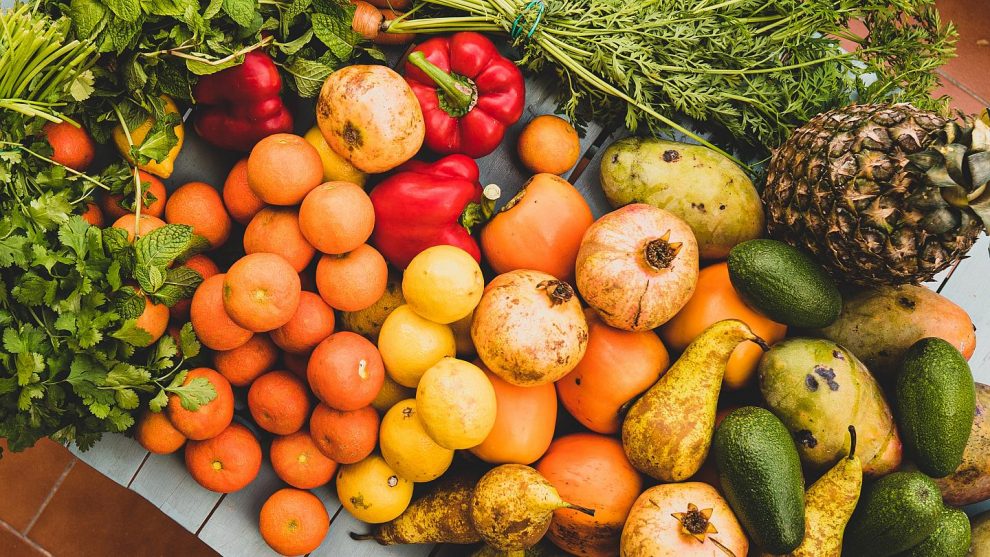If you visited a farm in every country, you’d notice tons of variation. you would possibly see a cocoa plantation in Ghana, a wine vineyard in Italy, rice paddies in China, a wheat field within us, or a ranch in Brazil. Farmers living in several areas have different climates, landscapes, microorganisms, plants, and animals so that they must adapt their growing practices to local conditions. However, all farmers believe in ecosystem services and farm foods are nutritious.
To grow crops, it helps if farmers understand local growing conditions (such as knowing when the season starts, which crops grow well together, what nutrients the crop needs, and are these nutrients present within the soil). After deciding what to grow, farmers often till the land by loosening the soil and mixing in nutrient-rich fertilizers. Then, they sow seeds or plant seedlings. When the crops are growing, farmers must water or believe rainfall, weed, and kill crop pests. Once the crops are mature, the farmer will harvest them.
Farmers need resources to grow food. They have many various sorts of resources. Farmers need natural resources, like land, air, nutrients, water, and sunlight. Farmers themselves need energy so that they can work the land. Farmers need human-made tools to figure the land. Some resources are often bought at the local market. So farmers also need money to shop for resources that aren’t available on their land
Farmers play a serious role in society; they feed us, a number of them warm us and everyone is custodians of the landscape and nature. Responsibility and commitment go way beyond their farms, crops, and livestock; many are passionate “Agvocates” playing vital roles in their communities and society.
What does biodiversity need to do with the food we eat?
Biodiversity provides us with a good range of plants and animals. These species form a basis for nutrition, family and cultural traditions, medicines, and ways to find out about and respect the life around us. Over the centuries, farmers grew over 7,000 plants and raised 30 species of animals for food and other uses. We eat many various parts of plants: stalks, seeds, flowers, leaves, bark, and even roots. It so happens that carrots, potatoes, and cassava are all roots and are eaten a day all around the world!
Cauliflower and broccoli are the flowers of the plant; maize or corn, rice, and peas are seeds; celery is that the stalk and lettuce and spinach are leaves. Fruits like mangoes, apples, and oranges grow on trees. Fruits like cucumbers and grapes grow on vines. The bark of some trees is employed for creating flavored tea or as spices like cinnamon. The sap of rock maple trees is employed for creating syrup. Also, allow us to not forget gourds or melons, like pumpkins, squash, or watermelons!
Biodiversity isn’t limited only to plants; it applies to animals also. Chickens, goats, cows, pigs, llamas, and other domesticated animals also play an important role in feeding the world’s population. It takes tons more energy and resources to boost animals than to grow plants, so it’s important to not eat an excessive amount of meat.













